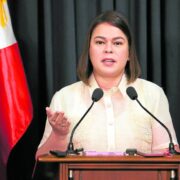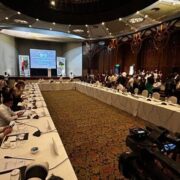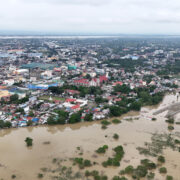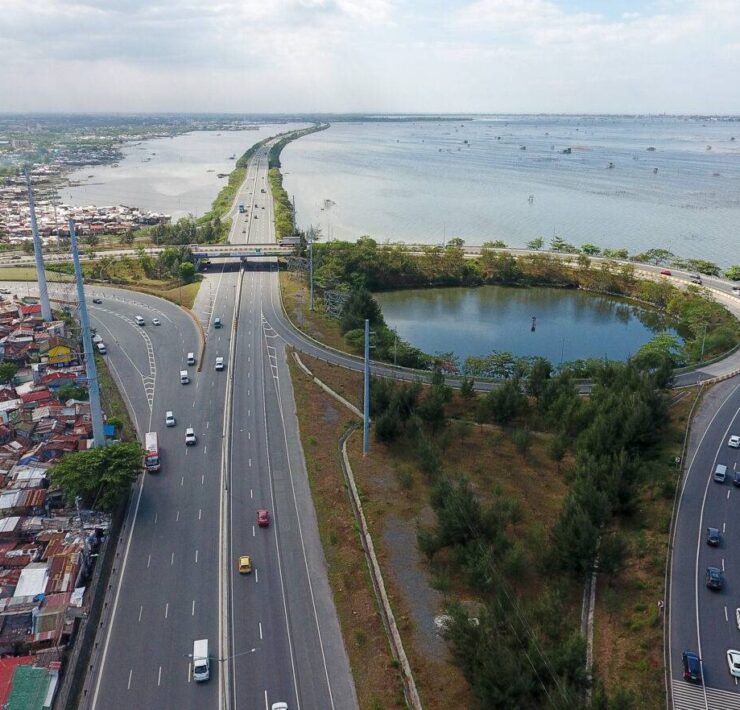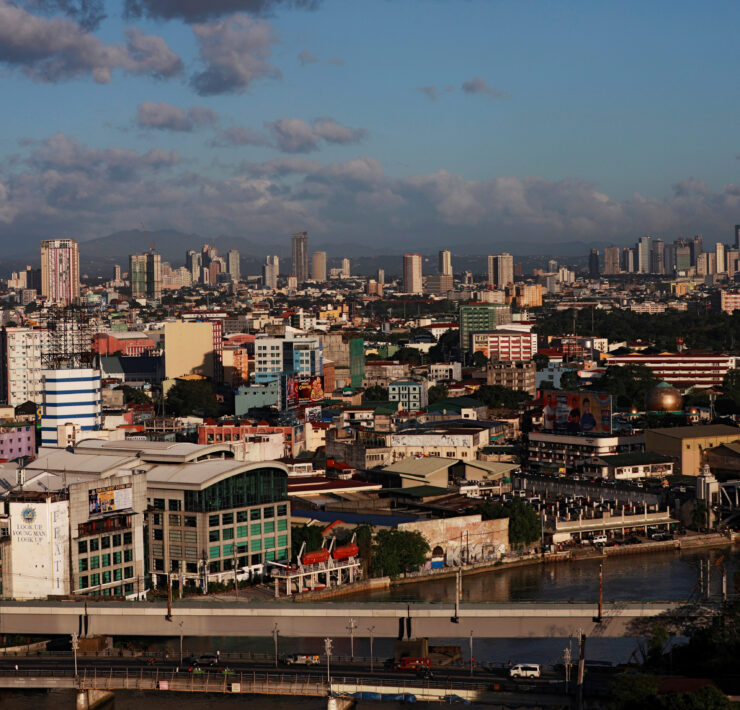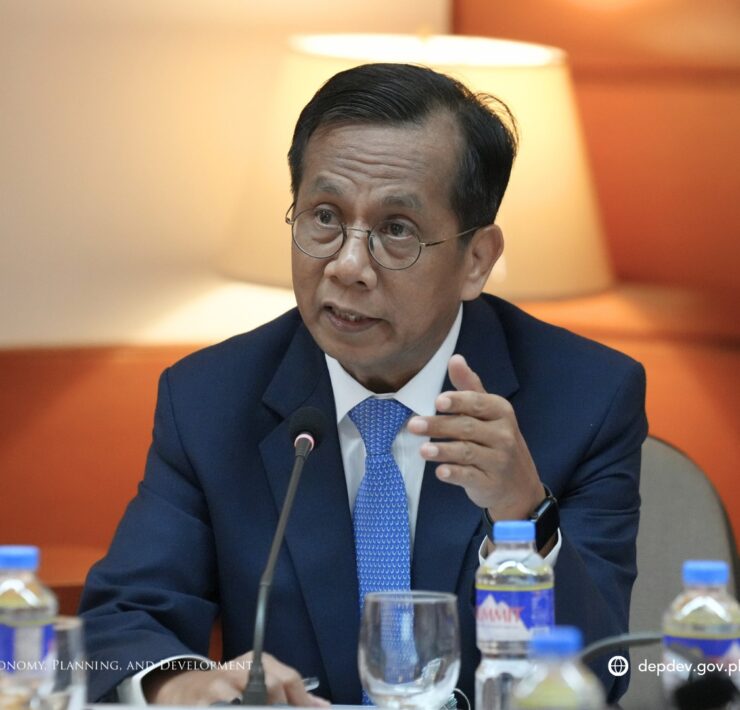Gov’t infrastructure spending surged ahead of election ban

Government spending on infrastructure posted a strong growth in March following an “aggressive” implementation of projects like bridges and flood management ahead of an election-related ban on state expenditures.
Direct government spending on infrastructure went up by 17.9 percent year-on-year to P113.5 billion, latest data from the Department of Budget and Management (DBM) showed.
That formed part of total capital outlays in March, amounting to P140 billion, which grew by 23.3 percent.
In the first quarter, the Marcos administration spent P261.8 billion on infrastructure projects. This was 20.8 percent higher than before, pushing up the three-month capital outlays growth to an annualized rate of 13.4 percent to P326.9 billion.
The DBM said the Department of Public Works and Highways (DPWH) had settled progress billings covering partially-completed projects, as well as other account payables. The DPWH also spent more on right-of-way settlements and final payments for completed works.
This happened as state agencies rushed to pay their obligations ahead of the spending ban before the May 12 midterm elections.
The prohibition started on March 28 and lasted for 45 days.
As a result, the DBM said the front-loading of expenditures had helped the state make a bigger contribution to economic growth.
Q1 state expenditure
Data showed government spending had jumped by 18.7 percent in the first quarter, from 9 percent previously. That contributed almost 3 percentage points to the 5.4-percent gross domestic product growth in the first three months, which fell short of market consensus as the ongoing US trade war bruised business confidence.
“For the second quarter, disbursements are seen to pick up towards the end of May as the election-related ban on public works and spending ends,” the DBM said.
“The implementation of massive infrastructure projects, governance reforms and investments in human capital are expected to sustain the strong spending performance recorded in the first quarter. This will hopefully help translate to improved economic growth for the rest of the year,” it added.




